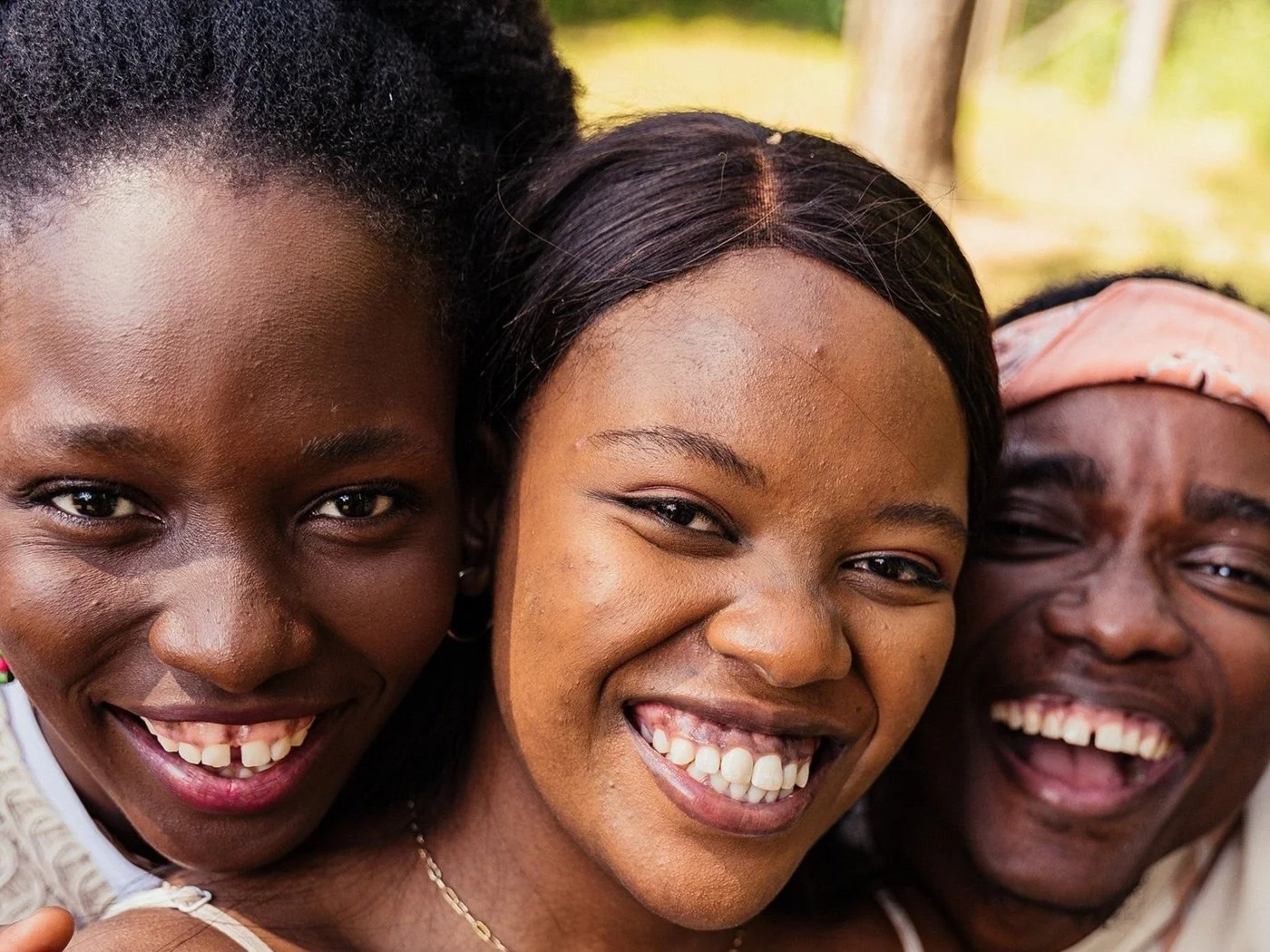Black Teens are Dying by Suicide: Learn to Identify The Warning Signs and Support The Mental Health of Teens in Your Family and Community
By Yolande Clark-Jackson
When we assess the health of a community, we have to look to the most vulnerable members—seniors and children. Alex Haley, author of The Pulitzer Prize winning book, Roots said, “We will die without our young people.” We look to the next generation to continue the work of those who came before, and we look to young people to build lives that will inspire hope for those who will come after. If there are no children to build or inspire, then our communities and the lessons of our past will die.
Young people are our collective responsibility, but unfortunately, not enough people are talking about all the ways adolescents and teens feel lost and alone. Not enough people are facing the reality that Black children and teens are more likely than any other group to die by suicide. And not enough is being done. According to the Association of American Medical Colleges
Black children ages 5 to 12 are twice as likely to die by suicide as their White peers. From 2018 to 2021, the racial group that saw the largest increase in suicides among people 10-24 years old was Black individuals, with an increase of 37%. From 2000 to 2020, Black youth ages 10-19 also experienced the largest increase in suicide rates, a shocking 78%.
We need more awareness about the problems and stressors affecting teenagers and their families, especially those who are struggling with mental health issues that lead to suicidal ideation. It’s time to break the silence and discuss Black teen suicide and promote mental health awareness that can lead to lasting change.
Challenges Facing Black Teens
Besides being under-resourced both financially and in family and community support structures, there are many in the Black community who don’t see mental health as a priority. Jacqueline Hunter-Lewis, licensed associate marriage and family therapist for Ibisanmi Relational Health says the reluctance to prioritize mental health in families can be a challenge for teens struggling.
“In the Black community, there has been a stigma attached to mental health, " says Hunter. It’s often believed that a person doesn’t need to seek professional help if they trust in God. Many of those who are willing to seek help, don’t have the resources needed,” she adds.
Hunter also points out that teens who consider suicide are often seeking an end to the feelings they are experiencing and don’t see any other way out. They lack the tools to find other solutions. She adds, “Many feel isolated and unsupported by those in their circles of interaction. Less than half of the teens who die as a result of suicide were diagnosed with mental health issues making it important for loved ones to know what other factors to look for.”
Other Contributors and Risk Factors
Besides cultural factors, Black teens face unique social pressure due to racial trauma, witnessing racial violence and contending with structural and systemic racism. According to a report on youth mental health by the US Surgeon General, economic inequalities, discrimination and racism contribute to what shapes mental health. These risk factors are compounded for Black children and teens who identify as LBTQIA.
The Center for Disease Control reports that communities with high levels of gun violence also see higher case of suicide using a gun. In fact, this is how most Black male youth have died by suicide.
Warning Signs
So, how can we help kids and teens that may be struggling with mental health or thoughts of suicide? Hunter says considerations may include but are not limited to “a history of trauma or abuse, family dynamics, an absence of inclusion in social circles, alcohol or drug use, uncontrolled stress, and a lack of coping skills.”
Other things to consider:
Behavioral cues: A change in a teen’s demeanor signaling that they may be experiencing a mental health concern. Including increased withdrawal from friends (particularly important) and family (this is also part of adolescent behavior so keep it in mind, but it’s not the only sign). You can also look for teens doing things like giving away important possessions or writing goodbye letters to others.
Mood cues: Look for drastic changes in mood and follow what they express on social media.
Verbal cues: If a teen says they want things to be over, or continually express hopelessness for the future, this may be cause for alarm.
“The best course of action for parents and loved ones is to be aware. Do not ignore the signs when risk factors are present; ask questions without judgment, arguing, or dismissal of the teen's feelings; have empathy and compassion; and seek professional help,” adds Hunter.
In addition, ensuring kids don’t have access to guns is a crucial component in keeping them safe.
Resources for those in need include calling the Suicide and Crisis Lifeline at 988 or accessing https://988lifeline.org/ when online.
Sometimes it is difficult to have these conversations alone. If you’re not sure where to start or how to support your teen or one in your care or community, reach out to us. Ibisanmi Relational Health therapists are trained and skilled professionals who can help.
Book a free 15-minute consultation here.
And, be sure to follow IG at @ibisanmi.relational for mental health check ins, tips, and inspirational posts.







